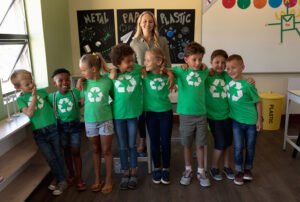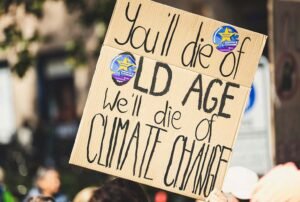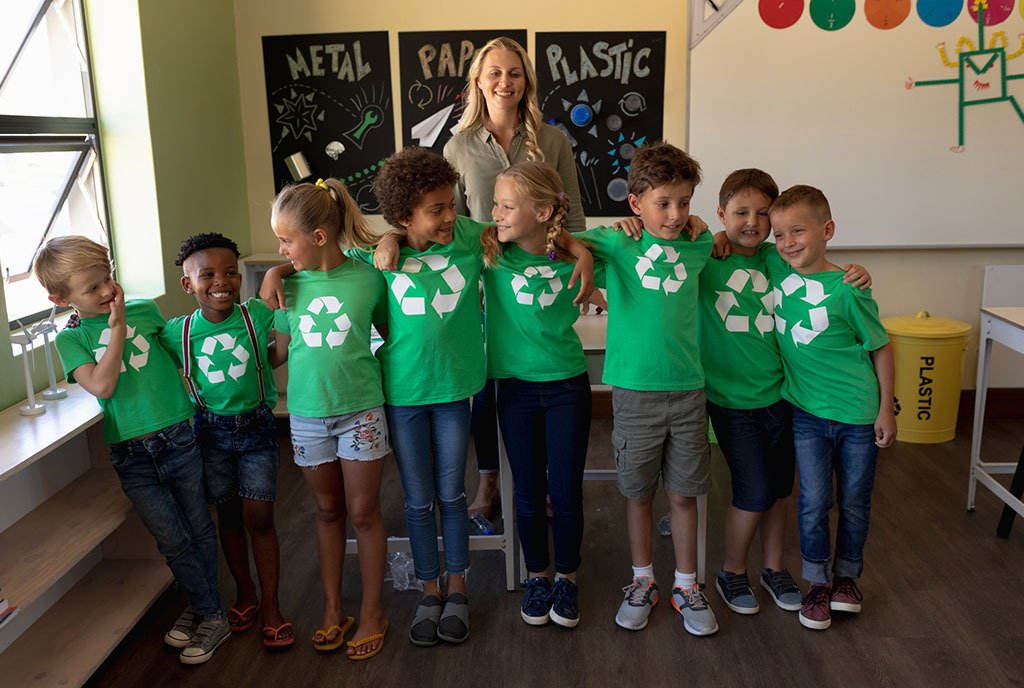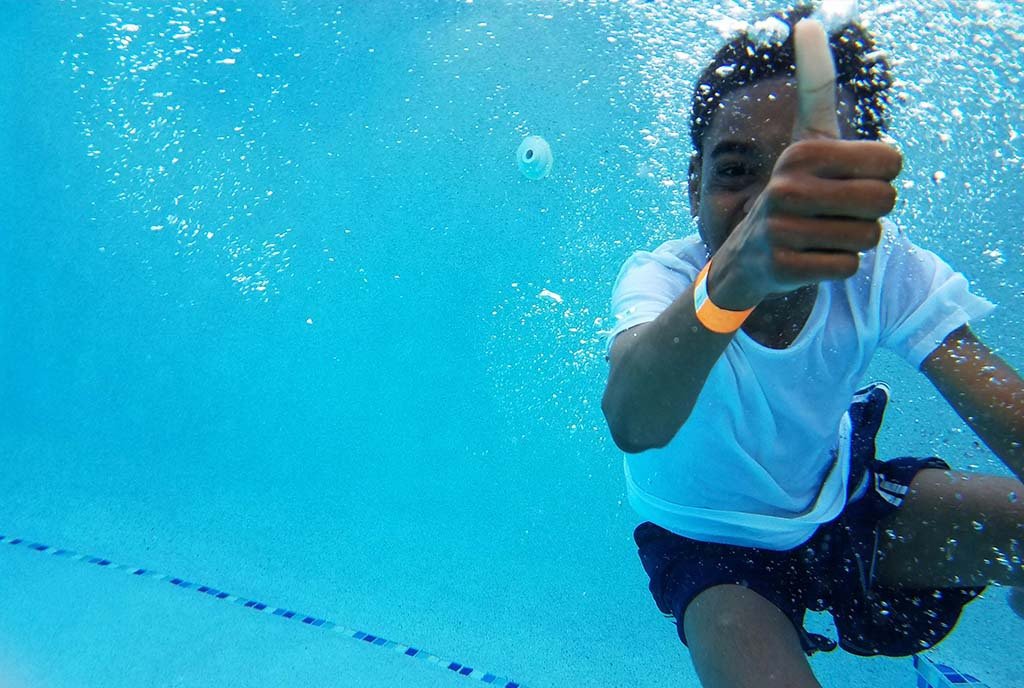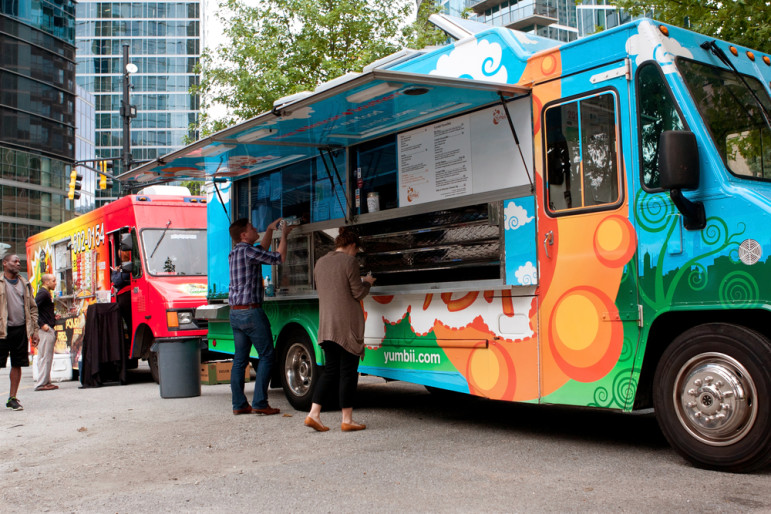
November 28, 2015; National Public Radio, “nprEd”
With Congress poised to pass the Every Child Achieves Act, defining our national educational strategy, Anya Kamenetz, NPR’s lead education blogger, asks an important question, “Is Bigger Always Better?”
Anytime there’s an innovation in education, often the first question anyone asks is, “Will it scale?” Sure, you’ve managed to improve learning outcomes for one classroom, one school, one district. But if you can’t reach 50,000—or 5 million—students, the thinking goes, then it’s not real or worthy.
Both the Bush and the Obama administrations, convinced that traditional public education was incapable of meeting their expectations for educational performance, implemented large-scale reforms they believed would work on a national basis. Major foundations and individual philanthropists have both made major investments in large-scale educational change. But maybe the struggles we are now seeing to make these changes work are indicators of the problem of being too big too fast?
Kamenetz suggests we consider the work of educational reformer Matt Candler, the founder of New Orleans–based 4.0 Schools, who has observed:
Sign up for our free newsletters
Subscribe to NPQ's newsletters to have our top stories delivered directly to your inbox.
By signing up, you agree to our privacy policy and terms of use, and to receive messages from NPQ and our partners.
When it comes to investing in the future of school, we’re doing it wrong. We’re too focused on scaling things that have already been built and not focused enough on new ideas and the people who have them. […] We too often bless something that’s worked once and lavish upon it tons of money in the name of “scaling what works.” […] We get drunk on scale, quickly forgetting that all big ideas were once small.”
Rather than looking for a big, top-down solution, Candler’s organization is taking a different path.
Our mission is to create a community where educators, families and students work on the future of school together, not in isolation. We’ve seen, after five years at this, that the best new ideas don’t come from a guy in a garage, but from a small community of people giving hard-hitting feedback to a gutsy entrepreneur or school founder who’s really listening to them.
The approach Candler recommends for educational innovation, making many small, local investments in new efforts, was “inspired by…the food industry, where…pop-up restaurants and food trucks are not just…cool ways to dine, but faster, cheaper ways for chefs to test new ideas in intimate, rapidly deployable experiences with their diners. Tiny Schools do for aspiring school founders what food trucks do for aspiring restaurateurs—it gives them a cheaper, faster way to test their ideas in the real world, with the people they want to serve.”
Candler sees another benefit to smaller, more locally focused efforts: they “allow resources to flow to a more diverse group of leaders: perhaps people with on-the-ground experience and roots in the communities they serve.” He calls supporting small and local efforts in their early stages “one of the most effective ways to diversify the people and ideas we’re investing in. If we continue to expect people to get their start on their own, we’re doomed to perpetuate the out-of-balance system of privilege and access that keeps too many people of color and women out of leadership.”
And perhaps our national leaders are actually listening. The ECAA as currently drafted “requires community-based needs assessments to better target funding” and “requires school districts to consult with parents, teachers, school leaders, specialized instructional support staff, and other community and local government stakeholders in the planning and implementation of comprehensive programs.” If money and patience follow these words, then local communities can reclaim responsibility for guiding their children’s education.—Martin Levine


